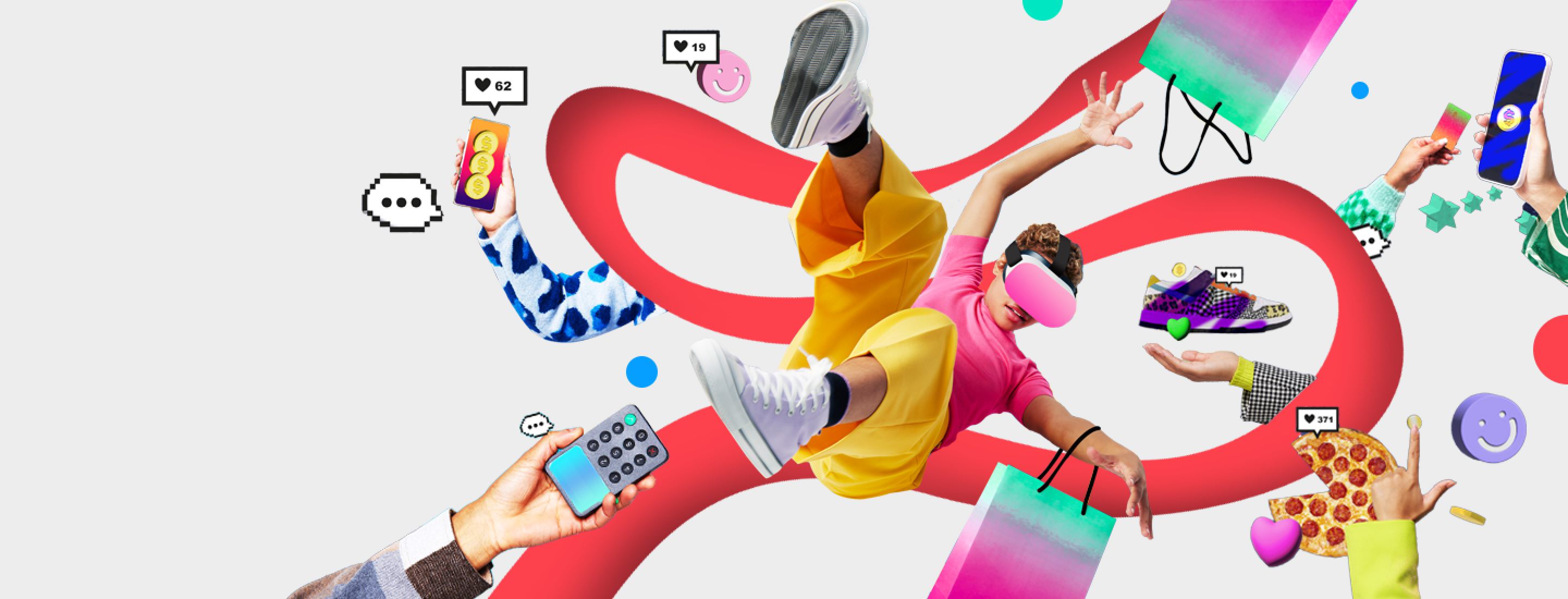Despite the lack of clarity surrounding the metaverse and its future, retailers and consumer products (CP) firms are discovering ways to inject its hallmark technology into owned commerce and content channels.
The hypothetical metaverse is an iteration of the internet that is a 3D, interconnected virtual reality where users are fully immersed online as avatars. But already, many brands are creating games and 3D experiences on existing, isolated metaverse platforms, like Roblox or Decentraland. Other brands are instead creating smaller metaverse worlds or experiences on their own websites or apps to improve conversion.
Whether it’s business-to-business (B2B) or direct-to-consumer (D2C), incorporating virtual/augmented reality (AR/VR), gamification and personalization into the buying experience is proven to increase consumer engagement — like within this rug buying experience, which showcases products within a 3D home.
What’s the ROI of 3D buying experiences?
In fact, 82% of visitors to a product page activate the 3D view, and 95% of respondents prefer an interactive 3D representation over video playback. The average consumer engagement time for “metaverse” shopping experiences is five and a half minutes, as reported by BYONDXR, compared to the average three-minute session duration for traditional e-commerce shopping experiences.
“The whole idea of the metaverse is to create a more immersive and engaging online experience,” says Oded Lavie, VP of innovation, creative technology, and business development at Publicis Groupe. “Companies are now starting to ask, ‘how can we make our retailer or consumer interactions more metaverse-like?’ and that is driving technology adoption and exciting results.”
It's important to note that this metaverse ROI stems from owned e-commerce, not a totally immersive future world. According to Publicis Sapient research, 60% of consumers are still somewhat or very unfamiliar with the metaverse concept. Companies should invest in a gradual, integrated approach to drive adoption and increase familiarity with the metaverse (Web 2.0+) rather than creating standalone experiences on current platforms.
These are the top five D2C and B2B metaverse use cases worth investigating for retailers and consumer products firms:











